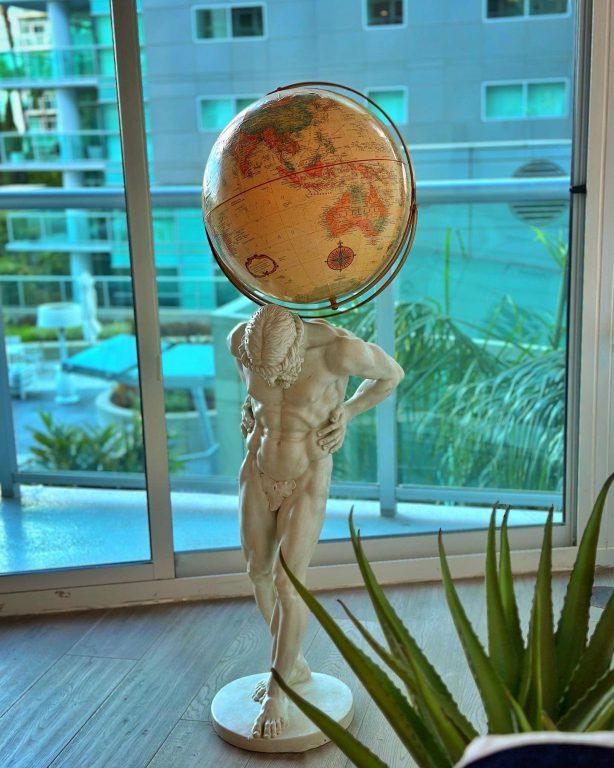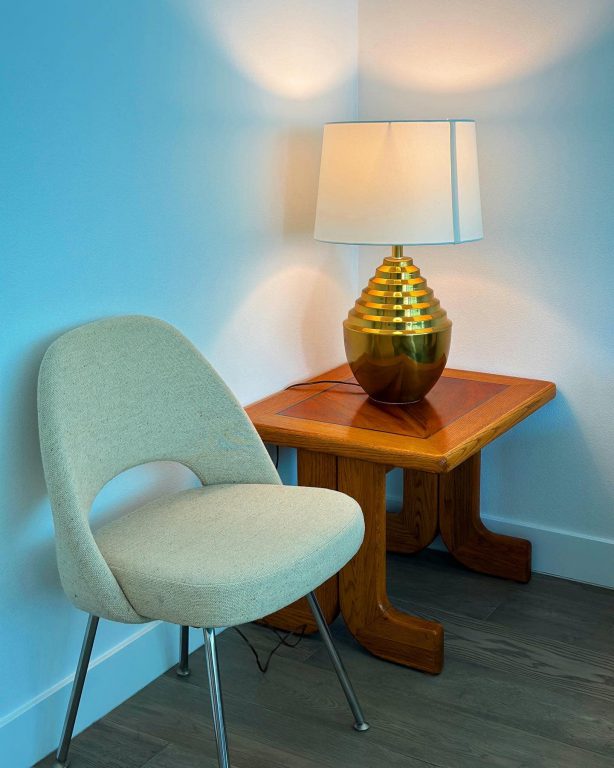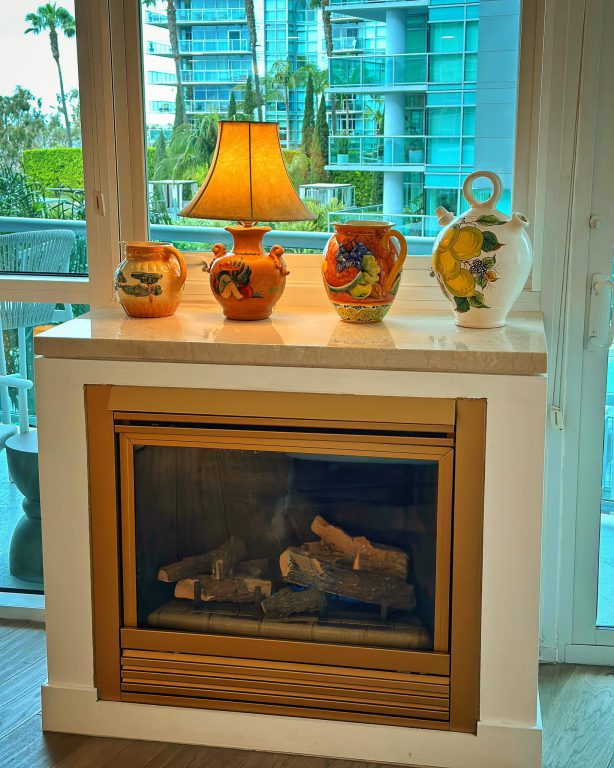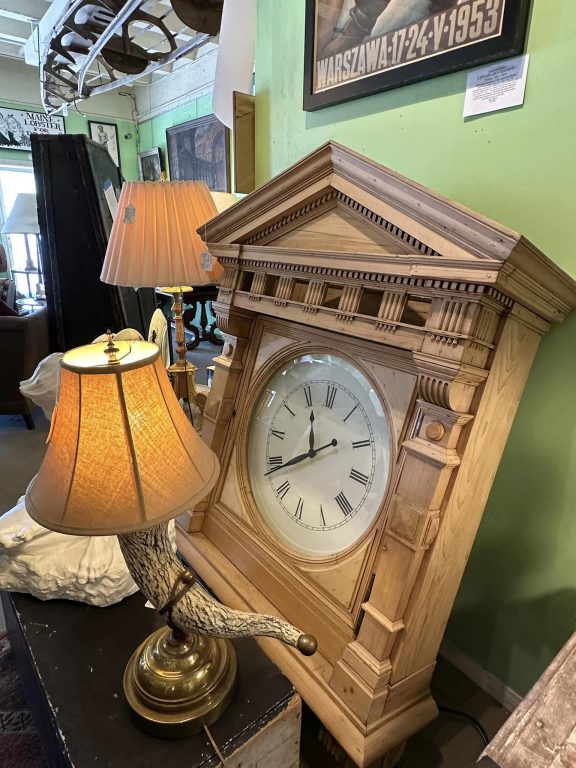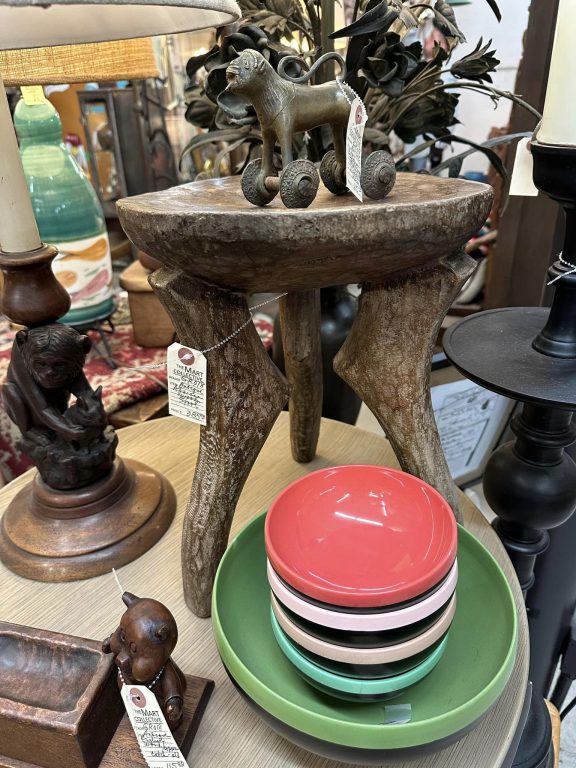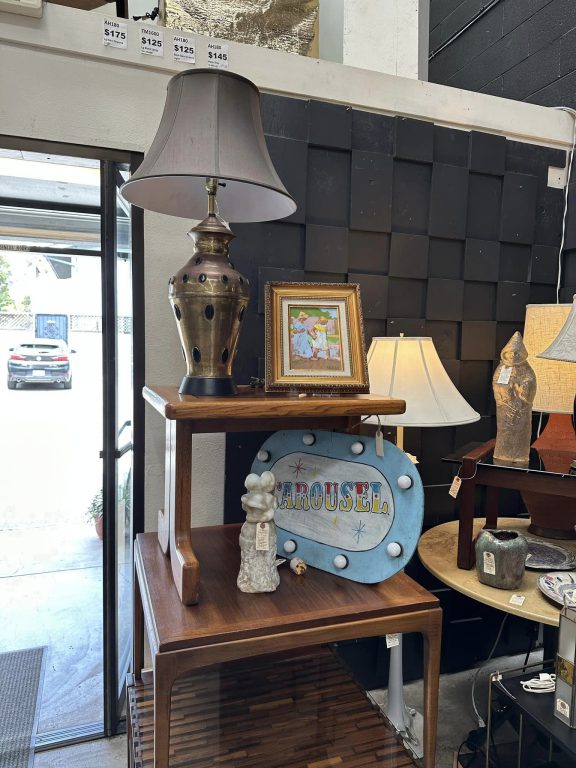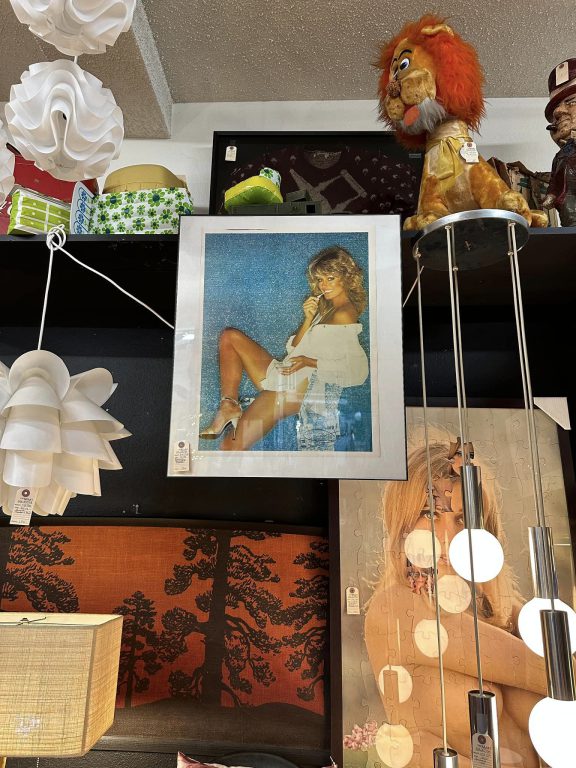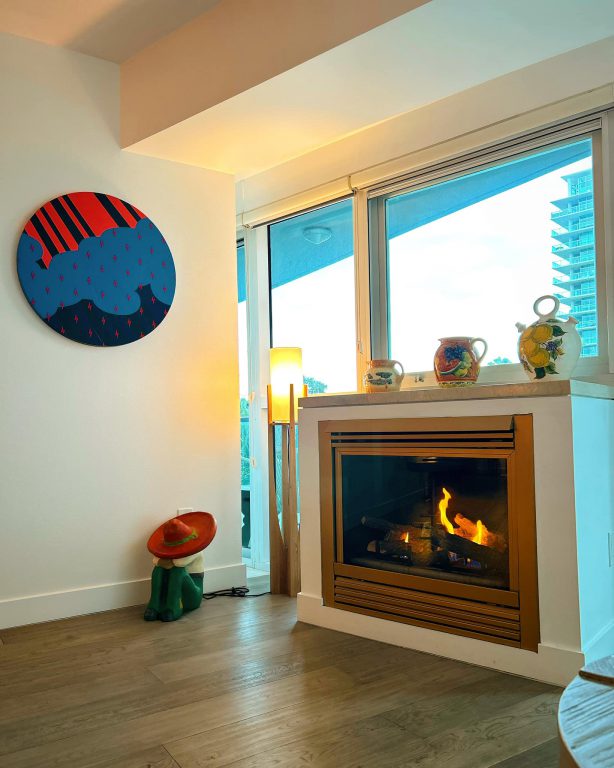Art producers find new meaning in placing objects in space
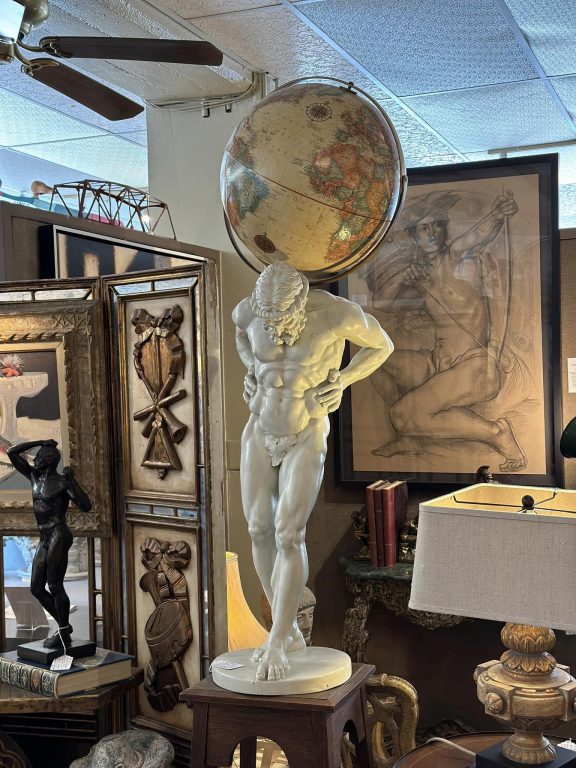
My habit of running an art gallery makes me think about space on a daily basis.
It is fun to see how people stop there and behave when you show them what kind of space you have.
It makes me very happy when a chair placed in an out-of-the-ordinary place is used in unexpected and fun ways.
For example, for the Okinawa Villa, we purchased 10 small one-seat sofas that are placed in the corners of the hotel, which are not sold to the public. Those were placed in all the corners. Even though there are couches and sofas with luxurious seating, people sit in the corners. It’s strange how they fit in there when they wander around the room without any purpose. I’ve even tried putting it between gym equipment and people sit and look at their phones in the middle of a muscle training session. Often, different people have different favorite places.
By placing an object in a space, a new meaning can be found for that person. It is the pleasure of space production to give meaning to a place.
So again, I stop by antique stores in Culver City and Palm Springs to examine and buy as many “seemingly meaningless” things as possible. Floral vases, oversized wall clocks, gold lamps from the 1970s, and weird globes always come into view. I am happy to place these “seemingly meaningless objects” in a space and see how they change the line of sight of people.
P.S.: For this “weird globe,” I bought a sculpture of Atlas, a familiar god from Greek mythology, who is seen carrying the earth. The key to guessing when the globe was made is whether or not it has Israel on it. Since there was no Israel on the globe, I knew that it was made before 1948. Isn’t that interesting? Interesting, isn’t it?
Perhaps it is because I run an art gallery, but thinking about “space” has become a part of my daily routine.
I enjoy seeing how people stop and behave when I present a space in a certain way.
I am very happy when a chair placed in an unexpected place is used in an unexpected and enjoyable way.
For example, for the Okinawa Villa, I purchased 10 small one-seat sofas that are not sold to the general public and are placed in the corners of the hotel. I placed them in all the corners. Even though there are couches and sofas with luxurious seating, people sit in the corners. It’s strange how they fit in there when they wander around the room without any purpose. I’ve even tried putting it between gym equipment and people sit and look at their phones in the middle of a muscle training session. Often, different people have different favorite places.
Placing things in a space can find new meaning for a person. I guess the joy of producing space is that it gives meaning to the place.
So this time, too, I stopped by antique shops in Culver City and Palm Springs to examine and buy as many “seemingly meaningless” items as possible. I always see flower-patterned vases, oversized wall clocks, gold lamps from the 1970s, and weird globes. I am happy when I place these “seemingly meaningless objects” in a space and see a change in the line of sight of people.
P.S.: For this “weird globe,” I bought a sculpture of the god Atlas, a familiar figure from Greek mythology who is seen carrying the earth. The key to guessing when the globe was made is whether or not it has Israel on it. Since there was no Israel on the globe, I knew that it was made before 1948. Isn’t that interesting?
